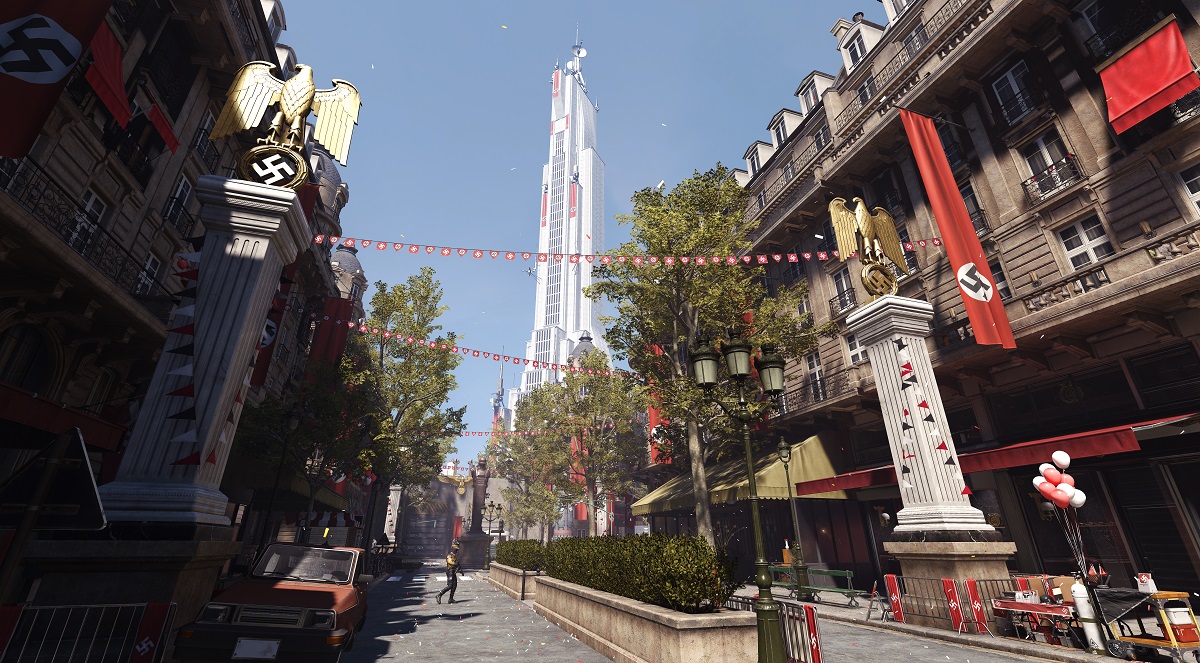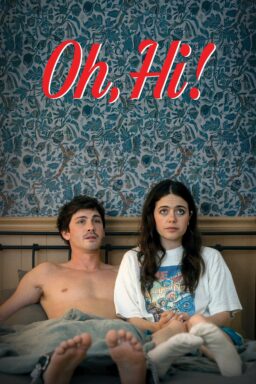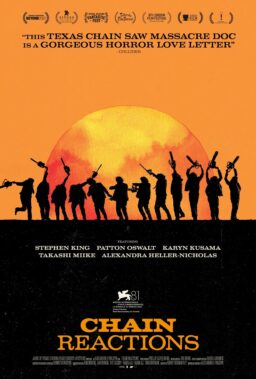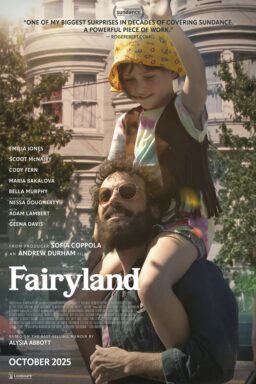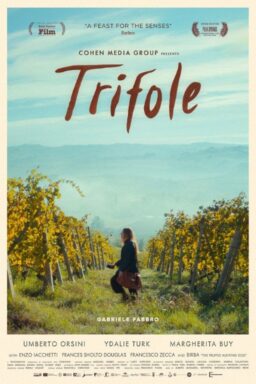I know this is literally impossible for a disturbing amount of our electorate on both sides, but let’s leave politics aside for a moment and admit that the rise of White Nationalism and the imagery of the Nazi party has different resonance in 2019 than it did just a few years ago. Hate crimes and the culture that feeds them have become a larger part of daily life than it did before Twitter and the Alt-Right were vocal forces in the world. Playing “Wolfenstein: Youngblood” in the wake of the shooting in El Paso feels a little different than it would otherwise. Well, it should, shouldn’t it?
One of the biggest problems with this game is that it doesn’t do enough with the atmosphere into which it’s being released. You would think we could all get behind killing Nazis in 2019, but it’s almost as if this game’s developers worked so hard to not rock any boats that they’ve released a game that doesn’t have nearly enough atmosphere or identity. It’s repetitive to the point of parody, and so even when the actual FPS mechanics of the game bring some kinetic thrills, they get lost in a game in which hour eight feels almost identical to hour two. The best way to approach “Wolfenstein: Youngblood” is like you would a shooter game in a literal arcade—a few minutes of explosive fun, this time with a partner, and just about nothing else.

The real tragedy here is that the “Wolfenstein” series was injected with life most people thought it would never have again in 2014 with the excellent “Wolfenstein: The New Order.” The original “Castle Wolfenstein” is one of the most important video games of all time. Released in 1981 for the Apple II, it laid foundations for how shooting and stealth games would develop over the next four decades. Even in the sequel “Beyond Castle Wolfenstein” in 1984, these games stayed almost beautifully simple. Go kill Nazis. Don’t get caught. The second game even involved a plot to kill Hitler himself. Quentin Tarantino has never explicitly said they were an inspiration for “Inglourious Basterds” but I’ve always believed they were.
After “Wolfenstein 3D” in 1992, the series struggled to find itself again for the better part of the next two decades even as 2001’s “Return to Castle Wolfenstein” helped define modern multiplayer games. The big event in this universe came in 2014 with the release of the highly-acclaimed “Wolfenstein: The New Order.” Just as they did when they took over the “Fallout” series (and as they would do again a few years later with the amazing “Doom” reboot), Bethesda breathed new life into a series most people had forgotten. With cinematic storytelling, “The New Order,” and its sequels 2015’s “The Old Blood” and 2017’s “The New Colossus,” brought gamers into an alternate sci-fi universe that incorporated incredible weaponry and tech with, well, Nazis.
All of this brings us to “Youngblood,” a co-operative game in which you play Jessica and Sophia Blazkowicz, two sisters leading the way in the Second American Revolution, which is taking place almost two decades after the United States was occupied by the Nazis. BJ Blazkowicz, a familiar name to “Wolfenstein” fans, has gone missing and his daughters now have to go find him, fighting Nazis all the way. “Youngblood” is designed to be played with a friend—although you can have the A.I. take the other character—and is built around a very simple mission structure. Go to point A, kill a bunch of Nazis, get something, return to point B. Over and over and over again. You will encounter the same enemies in the same places to an almost comical degree, slowly pushing a story up a hill. Of course, you unlock new skills and weapon mods as you go, but that’s about it. There’s just not enough to it.

Sure, the minute-to-minute gameplay is solidly entertaining, but every minute is practically the same. A video game about two sisters killing Nazis in 2019 should have some sort of actual dread and threat level, but there’s none here. It’s partially because the environments and AI design are so lackluster. It all starts to blend together, and looks like it was developed for a system a generation below the PS4.
Is it just a lackluster game or is there more to playing a game about shooting Nazis in 2019 than there was when this franchise was rebooted a half-decade ago? With its powerful, engaging, B-movie story, I think “The New Order” would be an even bigger hit if it was released today. So why not take those risks again? Why make a game about shooting Nazis that barely feels related to the Third Reich at all? You could strip this game of its swastikas and flags and it wouldn’t change at all. It actually reminded me of the “Homefront” and “Metro” franchises more than “Wolfenstein,” and the last thing this series needs is to lose its identity.
Bethesda should take this series back to what made that reboot and even the original such a hit. Co-op, arcade-style gaming is a model that just doesn’t fit this world. We need a good story to help us purge the demons that have risen in the real world through a virtual one. And it’s an interesting thing to consider in all mediums as shows like “The Man in the High Castle” and probably a few scripts in development are forced to deal with the rise of Nazi imagery in society. If there’s a lesson to be learned from “Youngblood” it’s to lean into it and give us a cathartic victory through escapist entertainment. We could all use one nowadays, even if it’s just in a video game.
(A previous version of this referred to “Wolfenstein 3D” as disappointing, which of course it wasn’t. I’m not sure what I was thinking of other than to say perhaps my brain had melted from too much nazi carnage in this one. It’s been corrected.)

